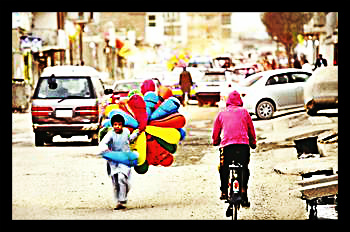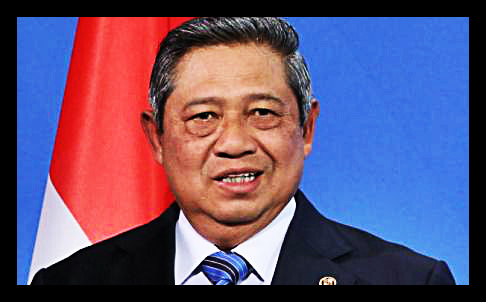
Bujar Nishani, the Albanian President, asserts that crime, poverty, and terrorism are interconnected and that together, they create new global universal threats. The president also said that development, security, and human rights are interconnected. Thus, there is a push for international organizations to shift their focuses to meet the change in global challenges.
In 1949, the North Atlantic Treaty Organization (NATO) was established to protect Western countries against the threats of the Soviet Union. However, after the Cold War, these threats shifted as the political environment of Europe changed. The President asserts that the “central role of NATO throughout this process has been strengthened in guaranteeing the security of the Euro-Atlantic zone.” The shift in NATO’s priorities has occurred in recent years due to the new global threats which arose after the Cold War. Some of these priorities included: the Partnership for Peace, separate relations with Russia and Ukraine, dialogue with Mediterranean countries, and more.
In recent years NATO has been involved militarily to fight against terrorism and other new global threats. In order to improve NATO’s abilities to address these threats, the Prague Summit of 2002 established 3 key goals which included establishing a NATO Reaction Force. The U.N. Organization expressed the need for major reform of NATO’s capacity so that new global threats are efficiently addressed. The President also stated that “very powerful countries feel unimmunized and even vulnerable when faced with the asymmetric dangers of global effects,” and thus, countries have been increasingly more cooperative with each other to fulfill their responsibilities of improving security, maintaining peace, and tackling these global threats.
– Leen Abdallah
Source: Hurriyet Daily News

 The next global development agenda has been set. The President of Indonesia, Susilo Bambang Yudhoyono, hosted the meeting to determine such an agenda; he also served as the co-chairman to the UN High-Level Panel for the post-2015 plan with an emphasis on eradicating extreme poverty. Despite the general success of the
The next global development agenda has been set. The President of Indonesia, Susilo Bambang Yudhoyono, hosted the meeting to determine such an agenda; he also served as the co-chairman to the UN High-Level Panel for the post-2015 plan with an emphasis on eradicating extreme poverty. Despite the general success of the 